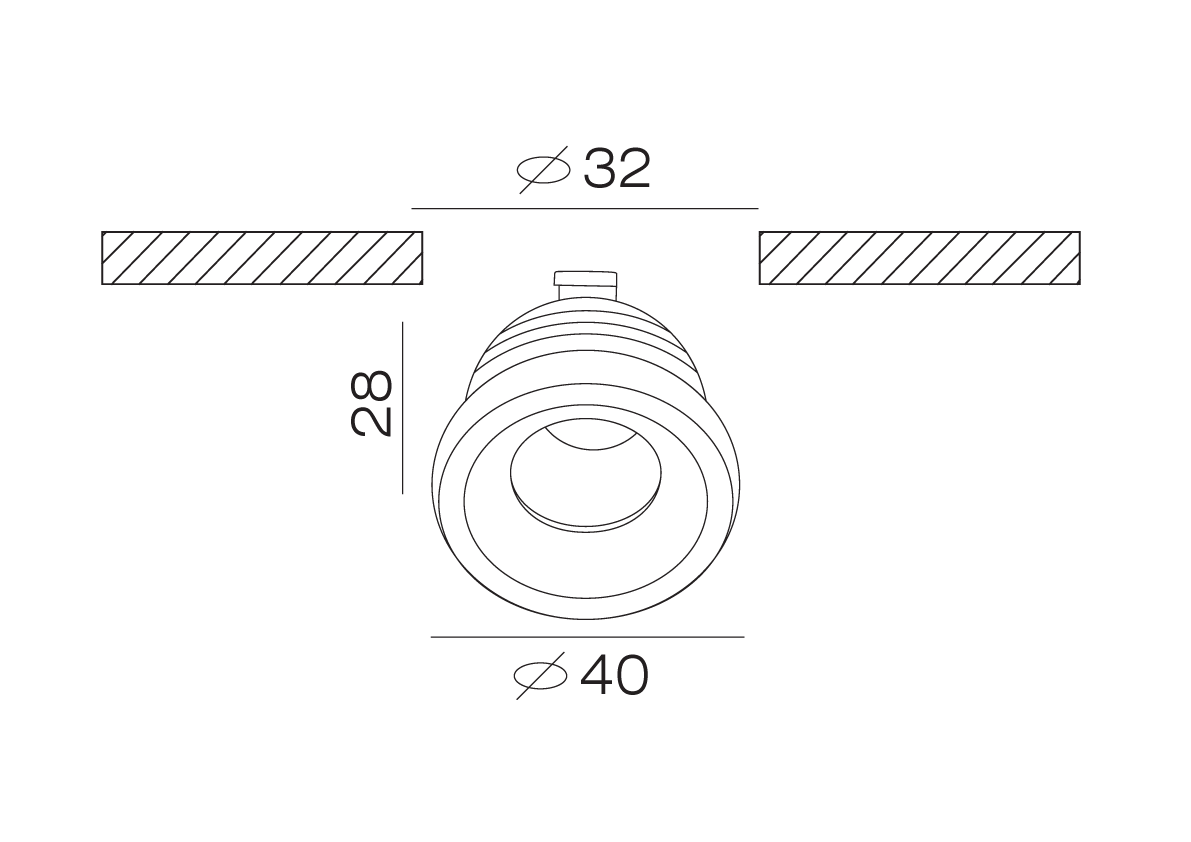
Lighting Types
Choose best Lighting type for your application
Great lighting creates depth and height, cozy spaces, and draws attention to your most impressive areas. It’s all about the balance of light and shade and bringing new energy to an interior.
Lighting has biological and physical effects that can impact the health and wellbeing of humans. Biologically, good lighting design can help stabilize your circadian rhythm, helping improve your overall mood and contributing to better night’s sleep. Psychologically, good light can help reduce depression and even increase cognitive performance such as reaction time.
Lighting, as simple as it sounds, is a game-changer in building or remodeling a space. It can contribute to your productivity when doing certain tasks or accentuate a dull corner. With its diverse purpose, we listed common types of lighting to determine what kind of fixture you should install to execute your lighting plans.
General Lighting
The first, and probably most important aspect to lighting a room is ambient lighting. Ambient lighting provides the foundation and general illumination of a room. Aside from the basic lighting functionality it provides, ambient lighting enhances the sense of warmth and depth of your space and creates enough light for you to see and move around comfortably and safely. This is usually achieved using overhead lighting such as recessed light.

Task Lighting
The second layer of lighting design is task lighting. Task lighting is designed to create a shadow-free environment when undertaking daily activities in your home.
The main purpose of task lighting is to reduce the strain on your eyes for things such as reading, writing or studying. Because of this, task lighting should be quite bright but not too glary for the eyes – the lighting needs to find a balance.

Accent Lighting
The third and final layer of lighting design is accent lighting. The main purpose of accent lights is to add style, and to personalize your space just how you want it.
accent lighting creates a focal point. It builds upon the ambient lighting of a room by adding dimension, and can be used to draw attention to a feature, like a piece of artwork or a plant, or to highlight a unique design element, like wall texture or decorative coving.

In this article : #hospitality_lighting, , #general_lighting, #accent_lighting, #task_lighting, #lighting, #lighting_types
